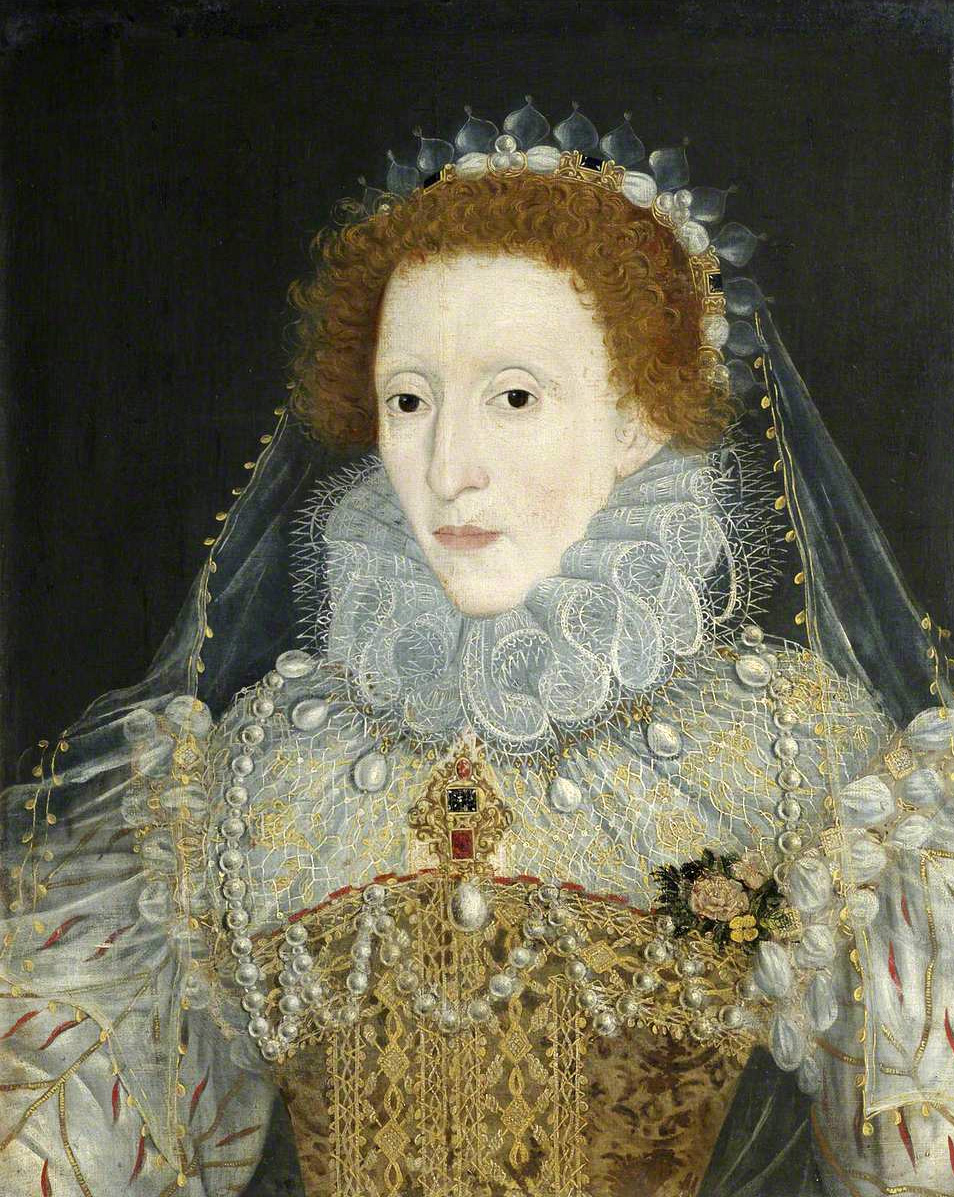Happy New Year to everyone!
I have been occupied elsewhere lately but things are slowly returning to normal and I will get back to posting regularly soon. If you have emailed me, please be patient awhile longer, I will answer you eventually, there are many messages and only so much time to answer them.
It has come to my attention that some readers were confused as to the actual needlework technique of Mezza Mandolina and I realize that if you don't ever click on the links in the post, you will never know that it is a knotted netting.
Let's clarify a couple of things. First, if you see some words in a different colour than the rest of the text of the post or if it is underlined, that means you can click on it to go to a different website to see related photos or articles. Second, Mezza Mandolina in the post I wrote is a knotted netting technique similar to the netting made for Filet Lace (also called Lacis or Modàno).
If you look closely at this photo of Sardinian Filet Lace, you can see that at the intersection of threads there is a little knot:
When doing embroidered Filet, you must first make the netting ground. The tool used to make the netting is called the Modàno in Italian, which is why embroidered netting is often called Modàno Netting. In English it is called the shuttle. The following photo of a shuttle is from Therese de Dillmont's Needlework Encyclopedia book online:
Have a look at Therese de Dillmont's Needlework Encyclopedia book online to understand how knotted netting is made. There is also some history of Filet Netting here.
Back to Mezza Mandolina. As far as we understand from the old texts and painted portraits, Mezza Mandolina was made in the same way as Filet Lace, that is, it was a knotted netting which was then embroidered or not. Instead of making even rows of square meshes as in Filet Lace, Mezza Mandolina had several meshes which were bigger or smaller according to different patterns.
In this portrait of Eleonora di Toledo, you can see the embroidery on her blouse of Mezza Mandolina:
while in this portrait of Queen Elizabeth I of England, her blouse of a different pattern of Mezza Mandolina is not embroiderered (click on the photo for a closer look):
Interestingly, I have been told of a different technique which was also called Mezza Mandolina, done while weaving traditional Buratto fabric in Tuscany. As soon as I have some information on that, I will post it.
I hope this clears up some of the confusion regarding Mezza Mandolina. Please leave a comment below if I haven't answered all of your questions.
Have a look at this website for the author's adventures in recreating Mezza Mandolina. If you want to try it out, here are some tutorials. Or go here for Enza Termini's adventures in recreating Mezza Mandolina in Italian (click on the heading: Mezza Mandolina).




Spiegazione eccellente!
ReplyDeleteGrazie Jeanine!